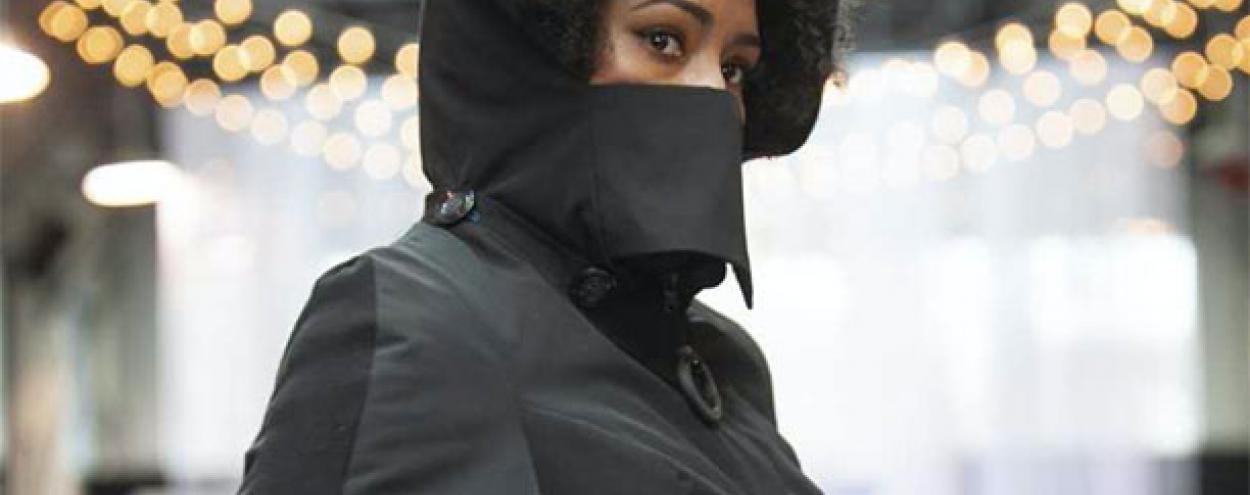
Milan Shahani knows firsthand the impact that adaptive clothing can have for people with disabilities. Shahani, Professor in the School of Fashion & Jewellery, was partially paralyzed on one side of her body after having a stroke eight years ago. Wearing clothing with buttons and zippers became complicated for her as a result of limited mobility, and Milan thought there had to be a simpler way for people with mobility issues to wear fashionable clothing.
“I decided to create fashionable garments for women with mobility issues,” says Shahani. “The potential of fashion is far-reaching. It can really make a difference to your self-esteem, and research shows that people with disabilities have the same desire to look and feel good in their clothes as able-bodied people.”
Stroke survivors involved in creation of adaptive garments
Shahani received a grant from the Social Sciences and Humanities Research Council to carry out her project, which involved creating adaptive jackets, blouses and bras for women stroke survivors with partial paralysis. Twelve women participated in the study, and were involved in every stage of the design process – from conception to creation to field testing. George Brown College fashion students, along with occupational therapy students from the University of Toronto, worked closely with the participants to understand and meet their needs in the best possible way.
“The women were so happy with the final garments, and some of them were hesitant to return them to us after the field test,” says Shahani. “The best part was that the garments we created did not look adaptive. They looked no different from the fashionable choices available for able-bodied people.”
Looking to commercialize adaptive clothing
The success of Shahani’s project highlights the need for more fashionable adaptive clothing for people who have disabilities. And that’s exactly what Shahani and her project team are working towards now – they’re exploring opportunities to commercialize their adaptive clothing designs to make them more widely available.
As an educator, Shahani hopes to inspire more fashion students to become adaptive designers.
“It is so important to me to teach young designers about adaptive design, which involves having empathy for the people who will wear their clothes,” she says.
